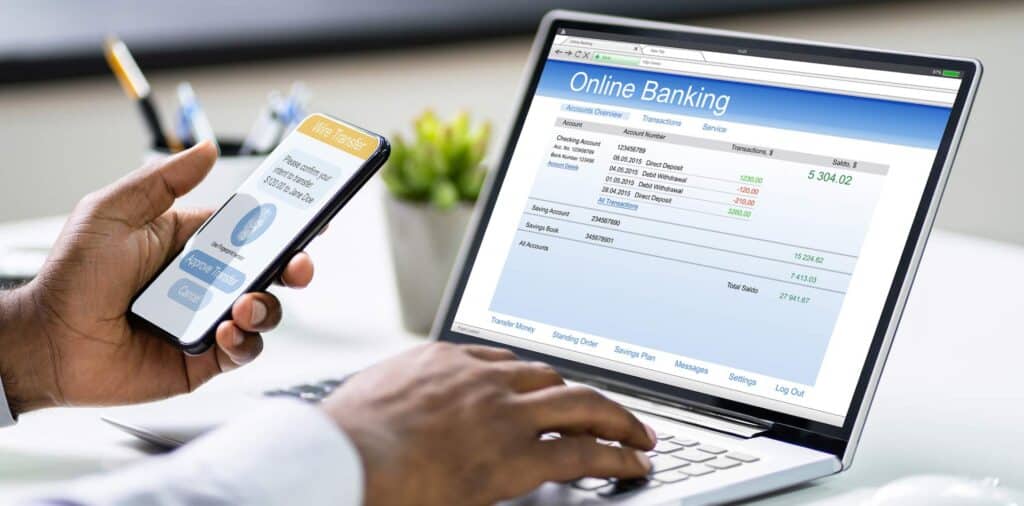Discover what friction means, how you can reduce bad friction and use it to improve your customer experience.
Popular friction: using friction to drive improved experiences
Popular friction: using friction to drive improved experiences
Discover what friction means, how you can reduce bad friction and use it to improve your customer experience.

Meet the authors
Ever been frustrated by the number of clicks it takes to do something? It’s called friction, and in the world of CX, it’s all about removing it. Creating a frictionless payment journey such as ‘Buy Now’ is seen as the pinnacle of journey experiences. Yet this is not always the best strategy. Friction can build more engaging and secure experiences when used correctly.
Making the most of ‘good’ friction
There are multiple examples of good friction, from two-step authentication that protects access to devices, to pre-joining lobbies for conference calls, and a confirmation request to delete all files. But imagine you want to cancel a subscription. If you have to go through multiple confusing steps where the User Interface (UI) directs you to reconsider instead of cancelling, you might be frustrated with the experience. If the business was to take a more considered approach and only ask once if you would like to pause the subscription whilst re-emphasising the benefits, you might reconsider.
At a recent Forrester CX conference, we heard about Monzo’s example of good friction. Its gambling block feature, with a built-in cooling down period and extra deactivation steps, was introduced to protect users, making it harder for people to act impulsively.
The key principle is to apply good friction if it protects the user, enhances user experience, or helps to build trust in a service. Friction allows designers to nudge users towards a desired experience, while allowing them to retain autonomy and freedom.
Reducing ‘bad’ friction
Repetitive requests for information when booking an appointment, and discovering Caps Lock is on when inputting a correct password are frustrating and can cause the task or purchase to be abandoned.
Bad friction is essentially noise. It adds unnecessary complexity or activities to a customer journey. An overly busy design and a difficult to navigate website, slows down potential customers or users to a point of frustration and often abandonment.
But it is possible to prevent the impact of bad friction on CX and inevitable revenue loss. Consider the number of steps it takes to complete key transactional tasks, reduce the amount of information presented at key decision points, and use improved technology or automation to reduce repeat requests for data.
Why now is a good time to start experimenting with friction
Everything is becoming more digital. With increased adoption comes reduced tolerance of bad experiences. We are all becoming better at noticing when journeys have bad friction, but equally recognise where good friction has enabled us to engage more effectively with a brand.
Think how easy it is to send money online, order items, or delete your life’s work with one click. Friction can be a good thing and protect people.
Equally, the vast amount of information organisations hold on users can reduce transactional, low-risk interactions to improve an overall experience. So, booking or cancelling a dinner reservation, or getting a refund for an Amazon order that did not arrive all improves CX.
As more experiences become digital, it is ever more important to experiment and test what the right type of friction is for your particular journey. Make yourselves stand out by taking things slowly when you’re engaging with an interested customer or when you’re looking to protect them. Friction can protect, delight, and help you differentiate from the rest whilst delivering business benefits.
Where to start
Assuming you have a clear view of your target customers and the main goal of your interactions, think about how friction should play a part. To do this, focus on a key customer journey and think about the right application of it in that example. Are you looking to build time for more involvement, engagement, or security and safety? Or are you looking to reduce friction to make sure you convert more customers? Once you have the right considerations in place, assess your customer journey and introduce good friction and remove bad friction. Be clear on the main objectives to determine what is good and what is bad in each case.
Once you have an initial view of the balance of friction you want to implement, test it with users and iterate in a controlled (but real) environment. Explore the technical feasibility of your idea by shaping a service design blueprint that connects a future customer journey to internal processes and technology.
From there, go through your internal development cycles to realise the potential of friction in your CX.
Conclusion
Take things slowly. Building friction into experiences can help customers engage more, take stock, and build understanding of your brand, service, or product in ways that could be lost if we focus only on fast, frictionless journeys. The truth is that friction can sometimes be good for both business and customers, so invest in understanding how it can be removed or added for optimal effect.
By going slowly and embracing a more considered customer journey, we can reduce risk for users, engage for longer, delight more, and drive revenue, allowing you to go faster in the longer term.
To speak to Moray, Simon or Suzie about anything discussed above, or, to find out how we can help you, get in touch.
Want more?
READ: Enabling a better customer experience for your renewals process

